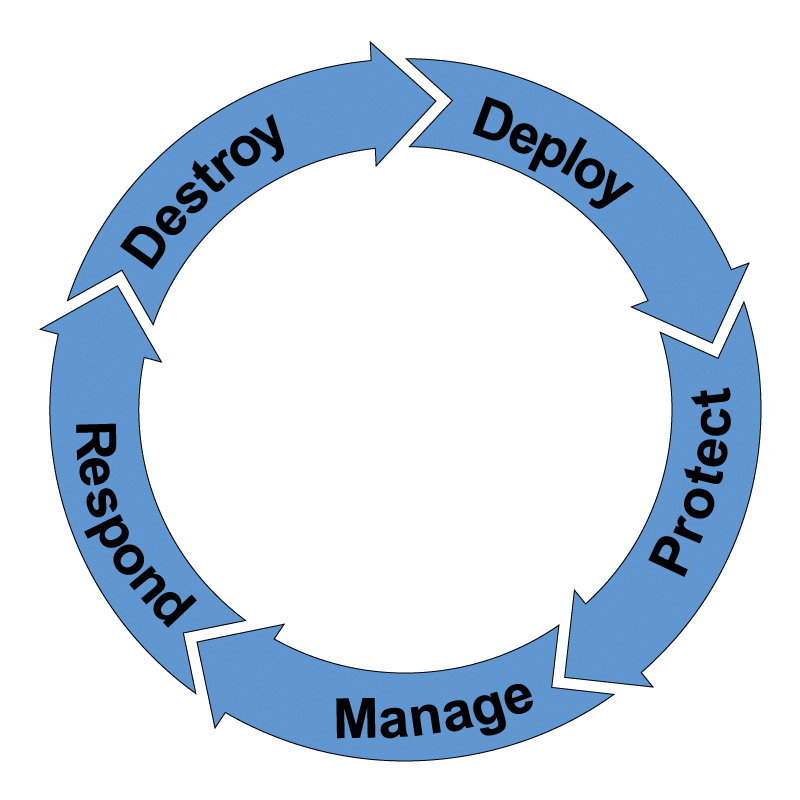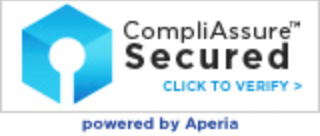Don’t Take the Bait: A Leader’s Guide to Preventing Phishing Scams in Your Organization
 Phishing scams are evolving, and for CEOs, CIOs, CISOs, and cybersecurity leaders, it’s crucial to understand and defend against these threats. Reclamere, your trusted cybersecurity partner, is here to help you identify and combat phishing scams that can jeopardize your business’s integrity and financial health.
Phishing scams are evolving, and for CEOs, CIOs, CISOs, and cybersecurity leaders, it’s crucial to understand and defend against these threats. Reclamere, your trusted cybersecurity partner, is here to help you identify and combat phishing scams that can jeopardize your business’s integrity and financial health.
Debunking the Phishing Myth
Many believe phishing scams are easy to spot—filled with poor grammar, suspicious links, or blatant requests for information. Unfortunately, modern phishing attacks are far more advanced, leveraging AI and machine learning to craft messages that mimic legitimate sources, making them nearly indistinguishable from genuine communications. Cybercriminals now use company logos, official branding, and tailored language, increasing the chances of deceiving even the most vigilant employees.
The reality is that phishing scams can be incredibly convincing, and no one is entirely immune. To protect your organization, it’s vital to stay informed about the various forms phishing can take and implement proactive measures to defend against these evolving threats.
Common Phishing Scams and Their Tactics
Phishing scams aren’t one-size-fits-all; they come in different forms, each with its unique method of targeting your organization. Understanding these variations can help you and your team stay one step ahead.
1. Email Phishing
The most common form, email phishing, involves sending emails that appear to be from trusted sources, such as financial institutions, vendors, or even internal departments. These emails often contain links to fake websites designed to steal sensitive data or trick recipients into downloading malicious attachments.
Example: An email claiming to be from your bank requests you to verify account details by clicking a link, leading you to a counterfeit website that collects your login credentials.
2. Spear Phishing
Unlike general email phishing, spear phishing targets specific individuals or organizations. Attackers gather detailed information about their targets, crafting personalized messages that make the scam even more convincing. This technique is often used to infiltrate executive teams or departments with access to critical data.
Example: A spear-phishing email might address you by name, reference a recent company project, and appear to come from a trusted colleague, requesting sensitive information.
3. Whaling
Whaling is a more sophisticated version of spear phishing, targeting high-profile individuals like CEOs or CFOs. Cybercriminals aim to trick these leaders into revealing sensitive data or authorizing fraudulent transactions.
Example: A fake email from a known vendor asks the CEO to approve a significant wire transfer, appearing to be a legitimate business request.
4. Smishing and Vishing
Smishing uses SMS messages, while vishing involves voice calls. Both tactics aim to deceive recipients into divulging sensitive information, often by posing as banks, tech support, or even government agencies.
Example: A text message claiming to be from your bank prompts you to click a link to verify your account due to suspicious activity, leading to a malicious website.
5. Clone Phishing
This method involves duplicating a legitimate email you’ve previously received, replacing links or attachments with malicious ones. Since the email appears familiar, recipients are more likely to trust it.
Example: An attacker clones a recent email from your IT department and replaces the attachment with malware, tricking you into downloading it.
6. QR Code Phishing
QR codes are increasingly popular in marketing, but they’ve also become a tool for cybercriminals. Attackers place malicious QR codes on flyers or posters, which, when scanned, redirect users to phishing websites.
Example: You scan a QR code at a networking event, believing it will take you to a website with more information, but instead, it directs you to a phishing site designed to steal your data.
Protecting Your Business from Phishing Threats
Phishing attacks are becoming more sophisticated, but there are steps you can take to protect your organization:
- Implement Regular Employee Training
Your team is your first line of defense. Train employees regularly on how to identify phishing attempts, simulate phishing exercises, and provide feedback on their responses. Encourage them to report any suspicious emails or communications. - Leverage Multi-Factor Authentication (MFA)
Adding an extra layer of security makes it more difficult for attackers to gain unauthorized access. With MFA, even if credentials are compromised, cybercriminals won’t be able to access your systems without the additional verification step. - Utilize Advanced Email Filtering Solutions
Email filters can help identify and block phishing attempts before they reach your employees’ inboxes. By using AI-powered filtering tools, you can catch even the most sophisticated phishing emails before they cause harm. - Keep Systems and Software Updated
Cybercriminals often exploit outdated software. Regularly update your systems with the latest security patches to minimize vulnerabilities and keep your defenses strong. - Develop an Incident Response Plan
An effective response plan is crucial for minimizing damage if a phishing attack occurs. Clearly define the steps your team should take if they suspect a phishing attempt, including who to notify and how to respond.
Collaborate with Reclamere for Effective Phishing Protection
At Reclamere, we believe that the best defense against phishing scams is a comprehensive, proactive approach. We specialize in helping CEOs, CIOs, CISOs, and cybersecurity leaders implement strategies that protect their organizations from evolving threats. From employee training programs to advanced threat monitoring and incident response planning, our team of experts is dedicated to building a robust defense that adapts to the ever-changing threat landscape.
Are you ready to strengthen your organization’s defenses against phishing and other cyber threats? Phishing attacks are becoming more sophisticated, and it’s no longer a matter of if, but when your organization will be targeted. Don’t wait until it’s too late—get started with a Cyber Posture Scorecard review today!








